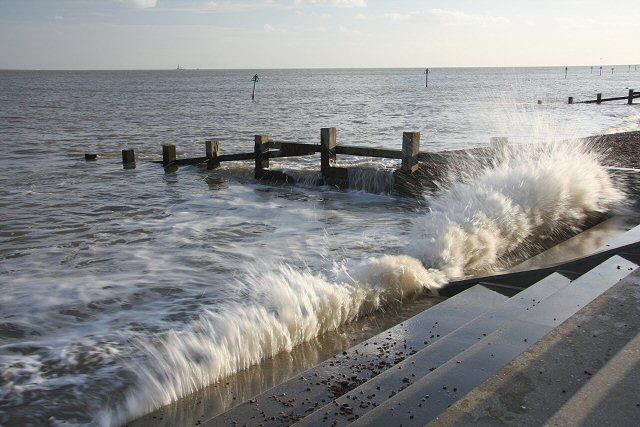New wave power farm in the Western Isles
The Pelamis Wave Power Company has announced that it has secured a lease with the Crown Estate for a new wave farm in the Western Isles. Pelamis already has a working wave energy scheme running off Orkney and this will further expand their network of operations.

The Pelamis Wave Power Company has announced that it has secured a lease with the Crown Estate for a new wave farm in the Western Isles. Pelamis already has a working wave energy scheme running off Orkney and this will further expand their network of operations.
Since the first wave power generator opened off Portugal in 2008, the resource has spurned a number of new projects around the world, although it is not yet a widely used commercial power source. The new project off the island of Bernera will be the eighth such project the Crown has leased the sea bed for with various coastal areas of Scotland being involved in the past. It is hoped to generate electricity for 7,000 homes.
Fergus Ewing, the Scottish Energy Minister has said, "These new projects around the north and west of Scotland bring the total number of planned developments in Scotland to 25, including 1.6GW in the Pentland Firth and Orkney waters strategic area. Today's announcement further reinforces the growing momentum and appetite for investment in marine renewables and demonstrates the breadth of activity taking place around Scotland's coast."
Other recent wave developments include a ‘Wave Hub’ off Cornwall, which will effectively be a giant extension cable into the ocean, where wave energy generators will be able to ‘plug in’ to the grid. It is hoped that it will generate enough energy to power 7,500 homes.
Wave power has many advantages over other renewables in that: it is predictable, meaning wave heights and power can be predicted days in advance with excellent accuracy unlike solar and wind, and it has a widespread base for application, mostly in the temperate zones north and south of the equator. The challenges however are that it can cause noise pollution, biophysical impacts on flora and fauna, sediment regimes and water flows, and can displace commercial fishermen.
Unfortunately other projects based on wave power have floundered, with RWE and Wavegen's joint project of Lewis being abandoned this year.




